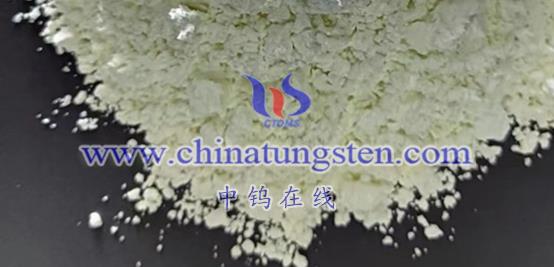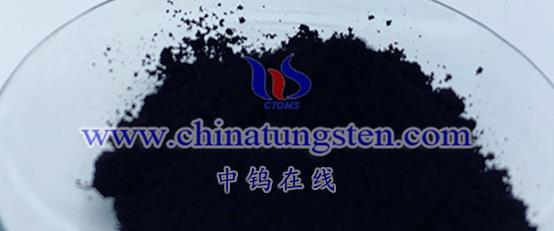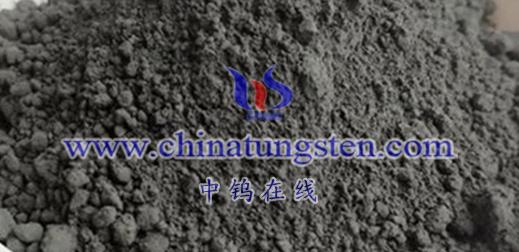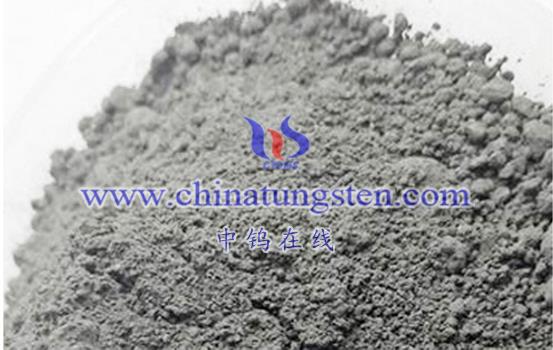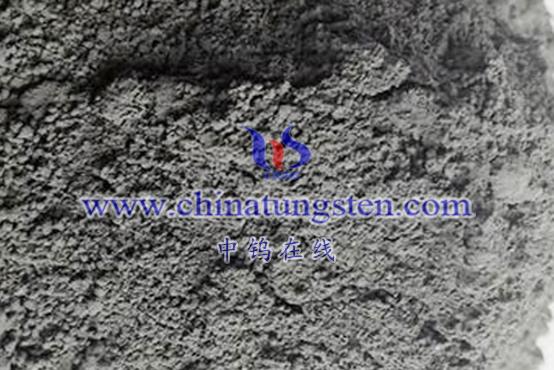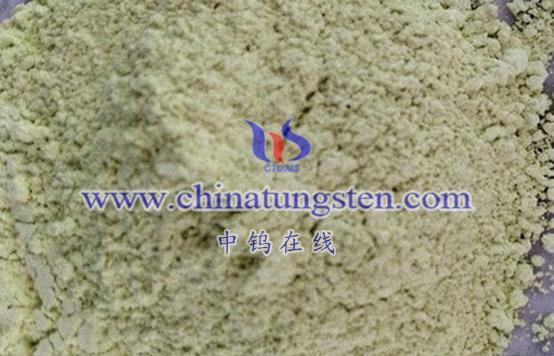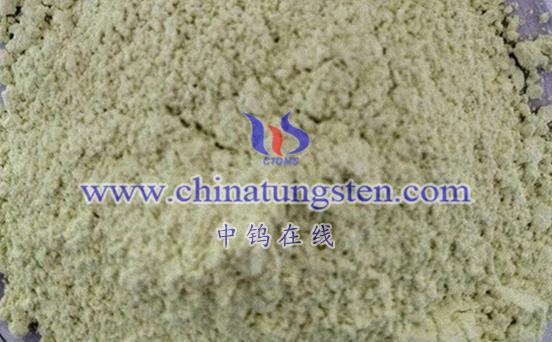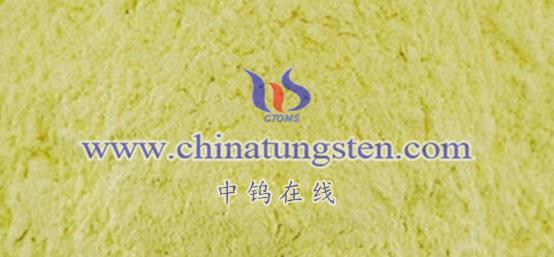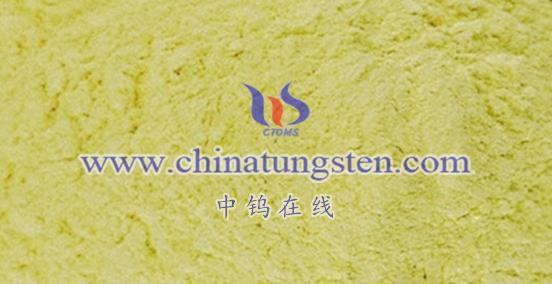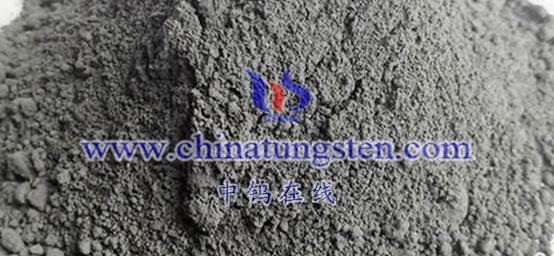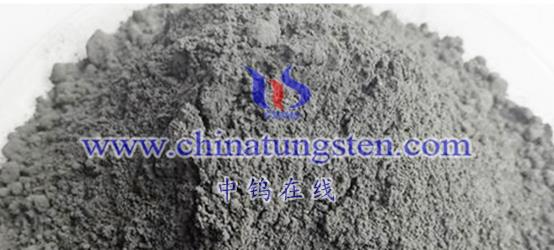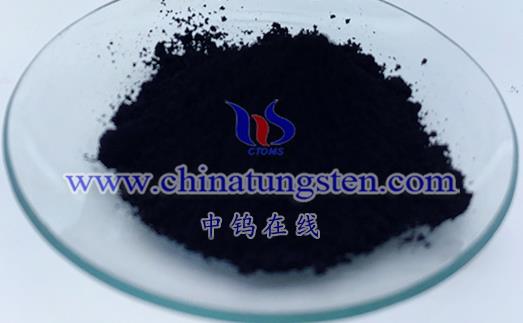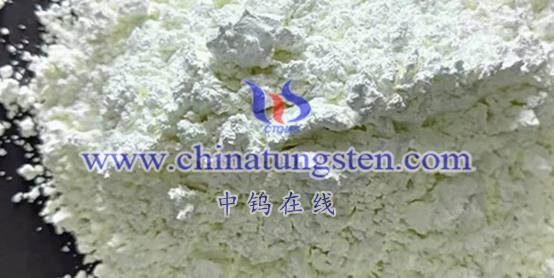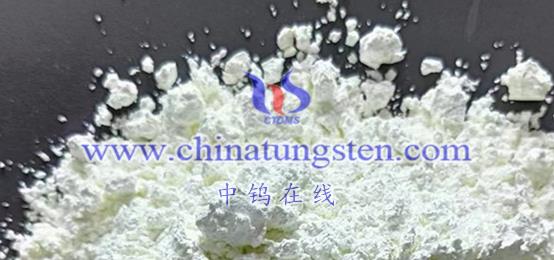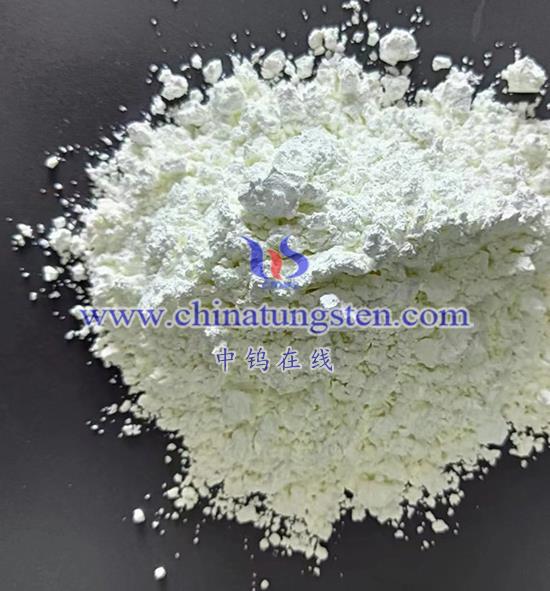
The application of tungsten oxide nanoparticles (WO3) in coatings offers several advantages and some potential disadvantages. Here’s a detailed analysis of both:
Advantages of Tungsten Oxide Nanoparticle Coatings
- Improved Hardness and Abrasion Resistance
Tungsten oxide nanoparticles exhibit high hardness and abrasion resistance. When incorporated into coatings, they significantly enhance the hardness and wear resistance of the surface, improving scratch resistance and extending the lifespan of the coating. - Enhanced Corrosion Resistance
Due to their excellent chemical stability, tungsten oxide nanoparticles can improve the corrosion resistance of coatings. This helps reduce coating failure and material loss due to corrosion. - Increased High-Temperature Performance
Tungsten oxide has a high melting point and good thermal stability, allowing it to maintain stable chemical properties in high-temperature environments. This enhances the thermal resistance of coatings, making them suitable for high-temperature applications. - Improved Aesthetic Appearance
The fine particles of tungsten oxide can be evenly dispersed within the coating, without adversely affecting the appearance and gloss. In fact, this may enhance the overall texture of the coating. - Environmental Benefits
In certain transparent thermal insulation coatings, tungsten oxide serves as an eco-friendly component that absorbs infrared and ultraviolet rays from sunlight. This reduces UV damage to indoor items and lowers indoor temperatures, thus saving on air conditioning energy consumption and meeting eco-friendly coating requirements. - Versatility
Besides the aforementioned basic properties, tungsten oxide can also be used to create coatings with special functions, such as electrochromic or smart coatings, providing more innovative possibilities for the coating industry.
Disadvantages of Tungsten Oxide Nanoparticle Coatings
- High Cost
The production cost of tungsten oxide nanoparticles is relatively high, which may increase the manufacturing costs of coatings and affect their competitiveness in the market. - Dispersion Challenges
Despite the small size of tungsten oxide particles, achieving uniform dispersion in coatings can still be a challenge. Uneven dispersion may affect the performance and effectiveness of the coating. - Stability Issues
In some cases, tungsten oxide nanoparticles may face stability issues, such as reacting with other components in the coating or changing due to environmental factors, which can impact the long-term performance of the coating. - Application Limitations
The application of tungsten oxide in coatings may be restricted by certain requirements, such as the need for specific manufacturing processes and equipment, as well as special requirements for coating formulations.
Conclusion
The application of tungsten oxide nanoparticles in coatings presents significant advantages, but there are also challenges and issues that need to be addressed. As technology continues to advance and costs gradually decrease, the prospects for tungsten oxide in the coating industry are expected to become even broader.
More details of tungsten oxide product, please visit website: tungsten-oxide.com
Please contact CHINATUNGSTEN for inquiry and order of tungsten oxide:
Email: sales@chinatungsten.com
Tel.: 86 592 5129595
